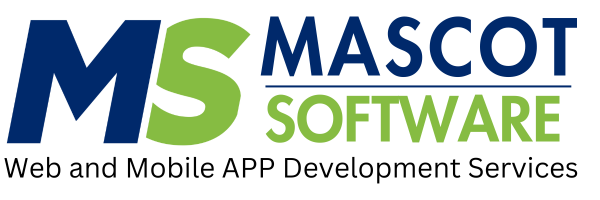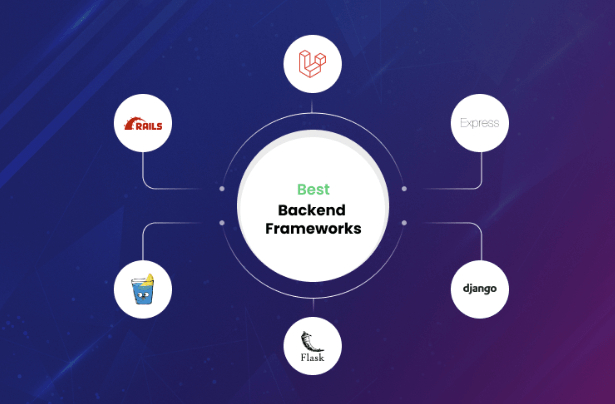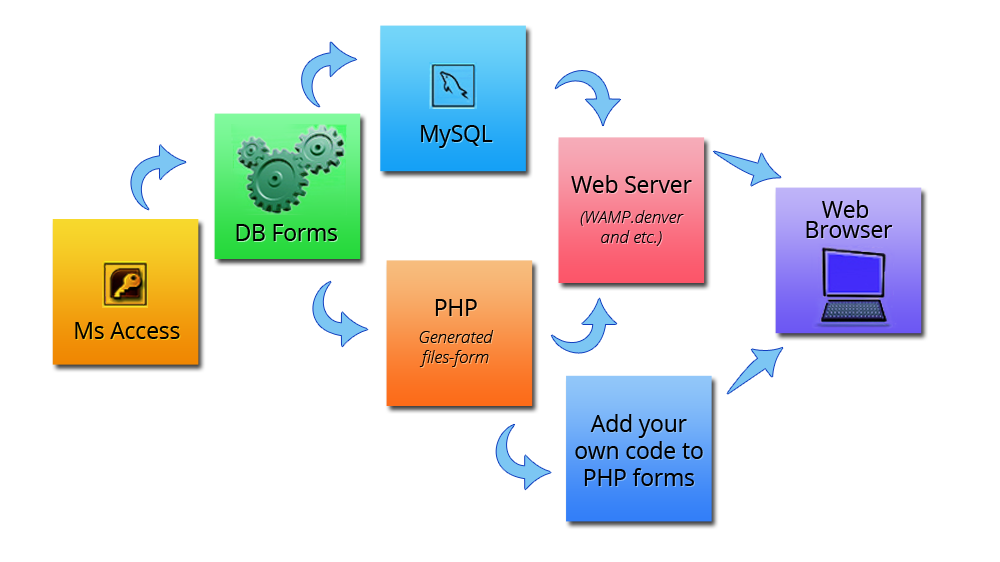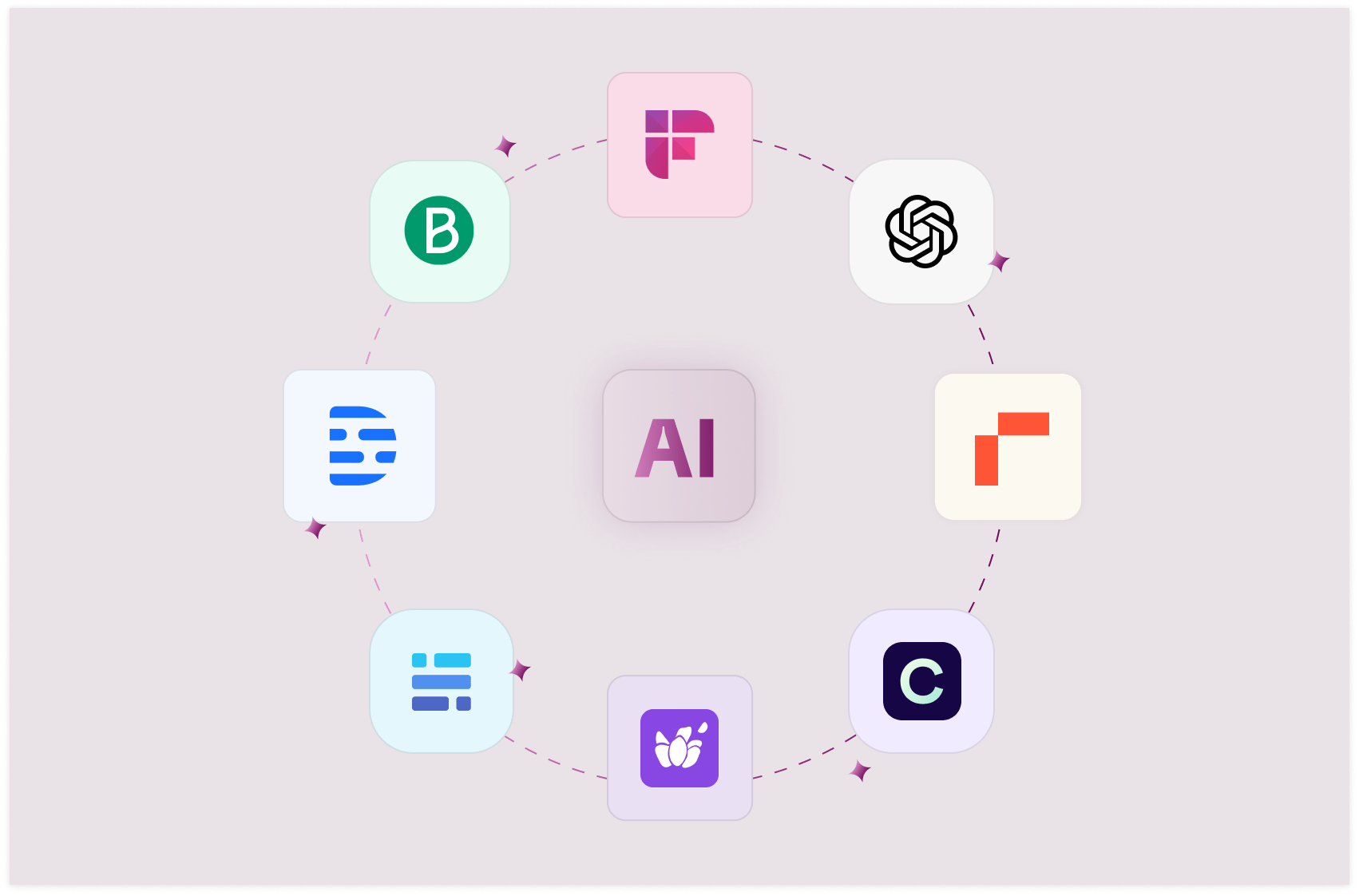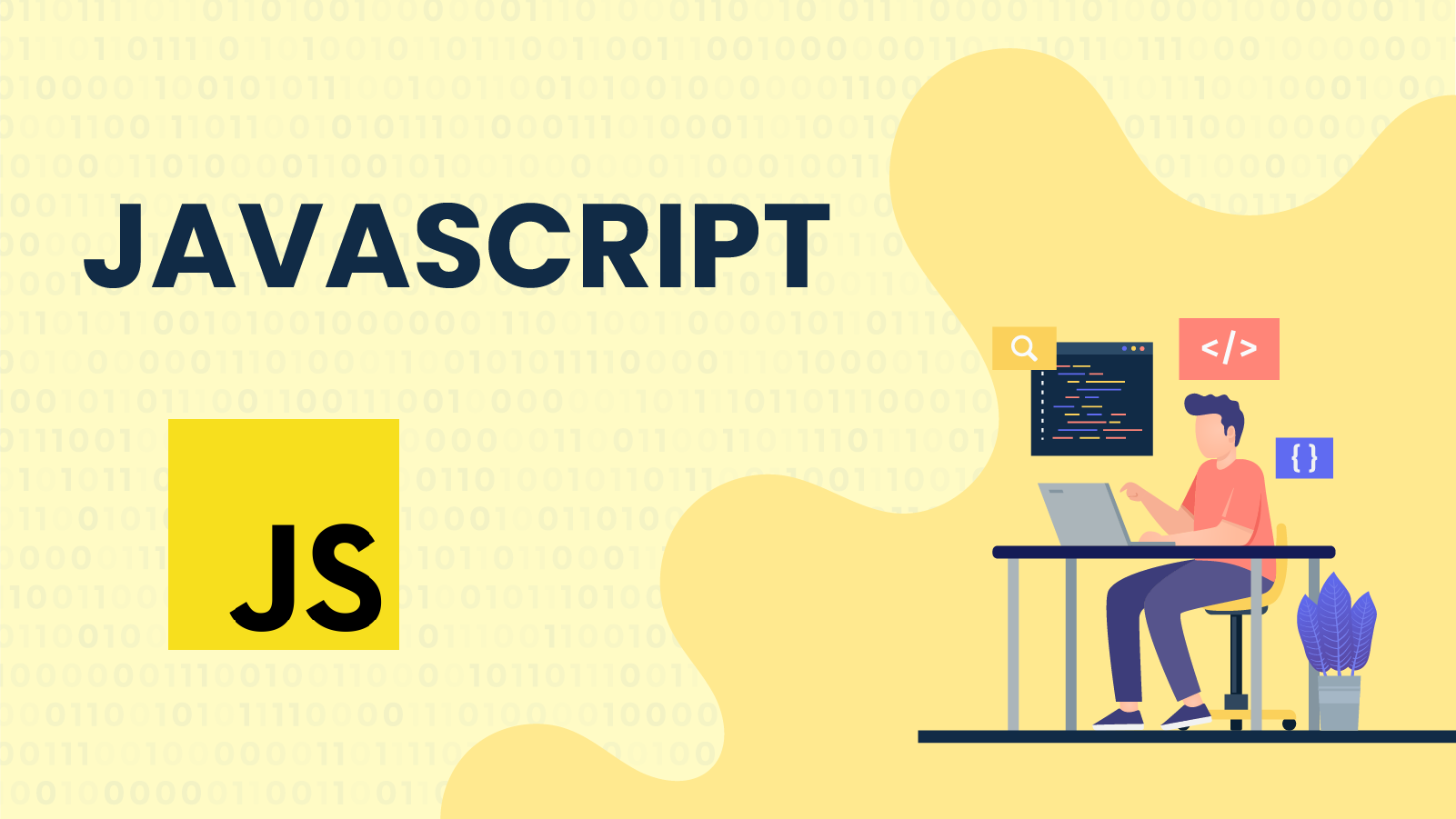
JavaScript is a dynamic programming language that has become an essential tool for web developers. It's used to create interactive elements, handle user input, and manipulate the Document Object Model (DOM) of web pages. This comprehensive guide will introduce you to the core concepts of JavaScript, its essential features, and practical applications.
Core Concepts of JavaScript
- Variables and data types: Understanding how to store and manipulate data in JavaScript.
- Operators: Learning how to perform calculations, comparisons, and logical operations.
- Control flow: Using conditional statements and loops to control the execution of code.
- Functions: Defining reusable blocks of code for modularity and efficiency.
- Objects: Creating and working with objects in JavaScript.
Essential Features of JavaScript
- DOM manipulation: Interacting with HTML elements and modifying their properties.
- Event handling: Responding to user interactions, such as clicks, key presses, and form submissions.
- Asynchronous programming: Understanding how JavaScript handles non-blocking operations using callbacks, promises, and async/await.
- AJAX: Making asynchronous requests to a server to retrieve or send data without reloading the page.
Practical Applications of JavaScript
- Building interactive web interfaces
- Creating dynamic web applications
- Developing web games and animations
- Building browser extensions
- Server-side development with Node.js
Best Practices for JavaScript Development
- Writing clean and readable code
- Following coding conventions and style guides
- Using debugging tools effectively
- Staying updated with the latest JavaScript features and best practices
Conclusion
JavaScript is a powerful and versatile language that offers endless possibilities for web development. By mastering its core concepts and essential features, you can create engaging and interactive web applications. Continuously learning and exploring new JavaScript technologies will help you stay ahead in the fast-paced world of web development.
